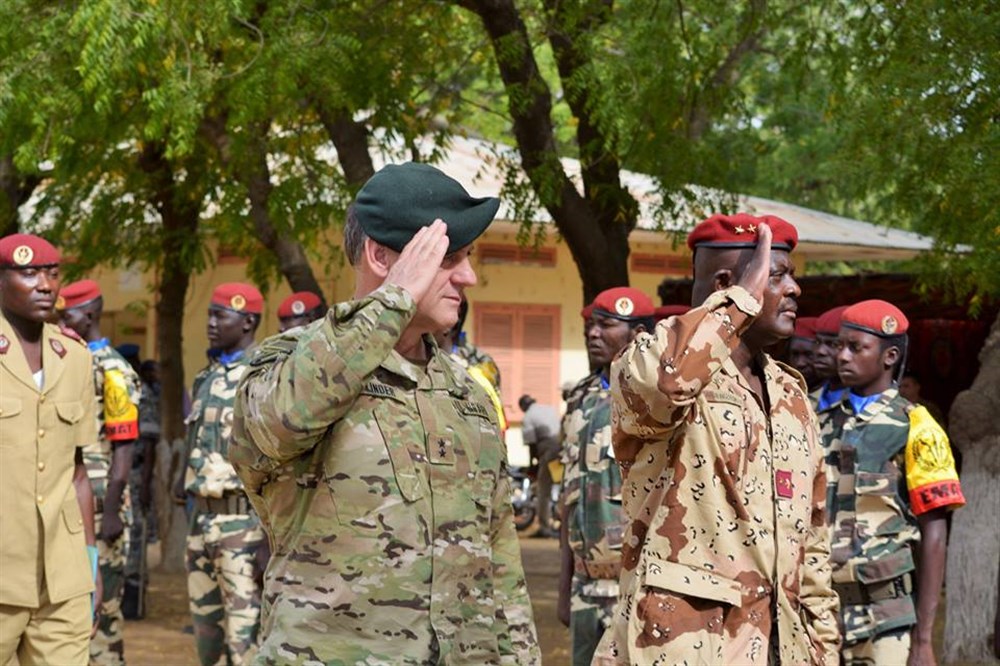President Trump is expanding the Pentagon’s ability to and the US Africa Command to launch a more effective offensive campaign against the al-Shabab militant group in Somalia. This signing off by the President should clear the way for more airstrikes and a more active presence of U.S. Special Operations Forces on the ground.
This move should also mark a shift in policy where in the past, Special Operations forces were forced to act in a defensive posture or “self-defense” of US advisors and their Somali counterparts. Now they will be able to take a more offensive role in helping Somali units recapture territory from al-Shabab and putting more pressure on them.
American forces have been increasingly active in Somalia in recent years. The Obama administration never abandoned its “signature strike” bombing program in either Somalia or Yemen, which allowed for U.S. drones and manned aircraft to target groups of men who merely showed signs and behaviors of belonging to terrorist groups. The largest of those strikes came in March 2016, when U.S. warplanes bombed an al-Shabab training camp north of Mogadishu, killing what the Pentagon estimated were about 150 militants.
Late last year, the Obama team declared Shabab an “associated force” of al Qaeda, putting the group under the same tenuous legal umbrella that allows the U.S. government to wage war in Iraq, Syria, Afghanistan, and Yemen.
U.S. commandos on the ground in Somalia accompany government forces on patrol, and have the authority to shoot back or call in airstrikes if threatened, under rules set down by the Obama administration.
General Thomas Waldhauser, commander of Africa Command has said that welcomes the ability to call for attacks and airstrikes from his command HQs rather than have to wait for approval by Washington.
He said the shift in policy from the Obama administration will give his commanders the ability to launch offensive strikes that would allow his ability “to prosecute targets in a more rapid fashion.”
To read the Foreign Policy entire article click here:
Photo courtesy of US Africa Command
